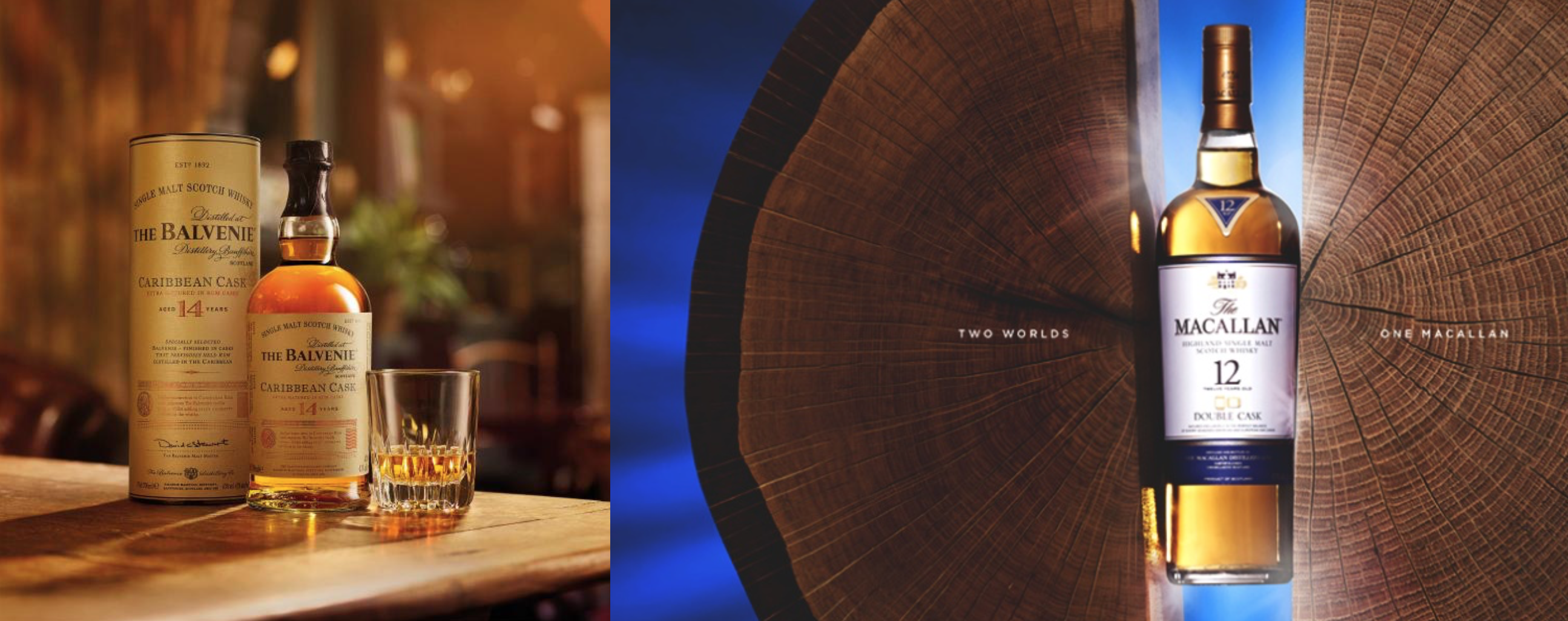Part I: Developments in Product
It is no secret – and no surprise – that the Scotch Whisky industry is looking to reimage itself. While the industry aims to maintain its status as the epitome of quality, purity, and premium in the whisky world, it also needs to appeal to a new generation of drinkers, and that means shedding its associations with tartan-clad Scots, the old boys’ club, and your grandfather’s stuffy drinks cabinet. With Bourbon, Irish, and Japanese whiskies all on a tear, Scotch can ill afford to fall behind, especially as these other whiskies gain favor among younger consumers.
From product, to packaging, to positioning, to purchase channels, Scotch is looking to quickly catch up to its foreign peers and win over the future generation of drinkers. This is the first of a four part series examining the efforts being made across the marketing mix…starting with the product itself.
Product
It is a well-known trend among Millennial-aged consumers that they seek more novel and unique experiences and flavors from their food and drink. As such, it’s no surprise to see they’ve been leading the charge in cross-category exploration, which is taking the alcohol industry more broadly by storm – from Jameson Caskmates finished in beer barrels, to George Dickel aged in Tabasco Barrels, to Goose Island beers finished in Bourbon barrels. Even the historically refined and restricted red wine category is seeing an explosion of brands offering Bourbon Barrel aged varietals.
But this kind of cross-category comingling is a traditional part of Scotch, which historically has been aged in ex-Bourbon and ex-Sherry barrels to add more dimensionality to the malt. In fact, these days it is most common for a Scotch to age in a barrel that formerly held Bourbon, and most of the world’s Sherry isn’t produced to be consumed, but rather just to season casks to later age Scotch Whisky in – the Sherry is then simply disposed of.
The difference today is two-fold: first Scotches are being aged in more unique cask types, like Rum, Cognac, Calvados, IPA, as well as exotic wine casks; second, brands are being much more forward about multiple casks used in ageing, with products like Macallan’s “Double Cask” and “Triple Cask” offerings, the Balvenie’s “Double Wood” and “Carribbean Cask” clearly highlighting a mixing of flavors.

Leaning into more complex and more globally-influenced flavor profiles is a wise move for the industry, tapping the authenticity of historic and traditional practices for Scotch with on-trend Millennial preferences for taste. Across the food and beverage category, look out for how brands are finding the right balance of authentic expression and flavour experimentation when connecting with Millennial audiences.


